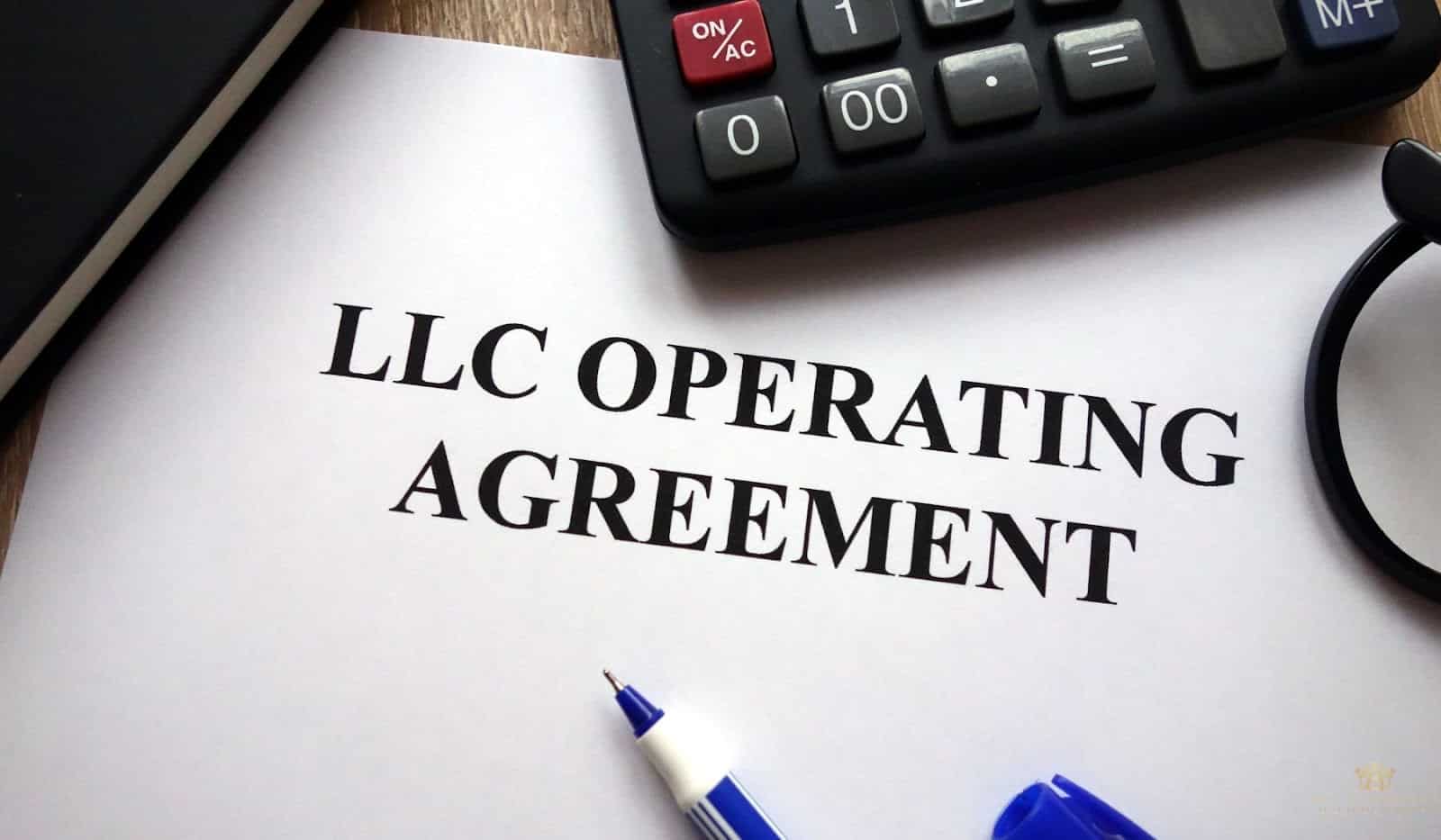
Did you know that collaborative investment approaches have exploded in popularity? Recent data has shown that the market for real estate partnership transactions surpassed $23 billion in 2023. That more than doubled previous projections!
This surge highlights the growing importance of structured partnerships in property investments. From our experience, navigating the complexities of a commercial real estate joint venture structure requires both technical knowledge and practical insights.
This guide breaks down the essential components you need to understand before entering such partnerships: from equity splits and governance frameworks to tax implications and risk allocation strategies.
We’ve compiled essential things real estate professionals and investors need to know about forming effective joint ventures that protect all parties involved.
Our previous article on limited partnership structures in commercial real estate explored one specific approach to shared investments. This guide builds on those foundations while preparing you for our upcoming examination of private equity real estate structures.
Together, these resources form a comprehensive overview of commercial real estate investment structures that will help you make informed decisions for your next project.
Let’s start!
Short Summary
- Commercial real estate joint ventures combine the strengths of multiple parties to tackle projects that would be difficult for any single entity to handle alone
- The partnership typically consists of an operating partner (with expertise) and a capital partner (providing funding)
- Successful joint ventures require clear documentation of ownership interests, profit sharing mechanisms, and governance frameworks
- Legal considerations include entity structure selection, tax planning, and robust risk management approaches
- Proper structuring balances the interests of all parties while creating a framework for resolving potential conflicts
Understanding Commercial Real Estate Joint Ventures
A real estate joint venture allows two or more parties to pool resources and share risks to acquire, develop, or manage a commercial property.
These partnerships are typically formed when one party brings financial backing (capital partner), and the other offers industry knowledge and project execution skills (operating partner).
However, structuring the commercial real estate joint venture structure correctly is crucial. Otherwise, conflicts can arise, and deals can fall apart. Let’s break down the essentials.
What Is A Joint Venture In Commercial Real Estate?
A joint venture (JV) in real estate is a business arrangement where multiple parties collaborate on a real estate project while maintaining separate legal identities.
These aren’t permanent business entities; instead, they exist for a certain period, typically until the project is completed or sold. The key is aligning expectations from the start: who contributes what, how decisions are made, and how profits are split.
How Are Joint Ventures Formed?
Most joint ventures in commercial real estate begin with potential partners identifying a deal that requires both financial backing and operational expertise.
Once parties agree on objectives, they outline the ownership structure, management roles, and financial commitments in a joint venture agreement. This document serves as a roadmap, Preventing Misunderstandings And Ensuring Smooth Operations.

Common Joint Venture Structures In Real Estate
- Limited Liability Company (LLC): The most popular choice, offering liability protection, flexible profit distribution, and pass-through taxation.
- Limited Partnership (LP): One limited partner (investor) provides capital while the operating partner manages the project. This is common in institutional deals.
- Corporate Joint Ventures: Less common but used for large-scale projects where a new corporation is formed to hold assets.
Why Enter A Joint Venture?
- Share risks and rewards – A JV spreads financial and operational risks, making ambitious deals more feasible.
- Leverage expertise – A capital provider gains industry knowledge, while an operating member secures funding.
- Reduce financial burden – Instead of securing all the required capital alone, each partner contributes based on agreed equity contributions. Explore individual funding options and strategies for meeting your equity contribution requirements.
For example, suppose a developer finds a prime property acquisition opportunity but lacks funding. Partnering with an investor allows both parties to benefit; one secures financing, the other profits from a carefully planned project.
Key Components Of A Commercial Real Estate Joint Venture Structure
Now let’s dig into the nuts and bolts of what makes these partnerships tick. These key elements will help you structure deals that protect your interests while maximizing potential returns.
The Parties Involved
The success of any real estate joint venture hinges on having the right parties involved. Think of it as a balancing act between different strengths.
- Operating partner: This is the developer or manager with specialized expertise in executing the property development or management
- Capital partner: The financial investor or capital provider who brings money to the table
- Operating member: Handles daily operations and makes routine decisions
- Capital member: Primarily contributes funds and has oversight on major decisions
A retail plaza project might feature a seasoned developer handling construction while their financial backer monitors progress through quarterly reports. The developer’s years of experience complemented the investor’s deep pockets perfectly.
Ownership Interests And Equity Structure
The ownership structure in a joint venture agreement establishes who gets what portion of the pie. These percentages rarely split 50/50.
- Equity contributions often determine initial ownership percentages
- “Promote” structures reward the operating partner for exceeding performance targets
- Risk tolerance and expertise influence negotiation of these stakes
For instance, a downtown office building renovation might grant the developer 30% ownership despite contributing only 10% of capital because their expertise adds substantial value.

Capital Contributions And Distributions
Money in, money out: these mechanisms form the backbone of any commercial real estate partnership.
- Initial capital contributions establish starting positions
- Required capital might include reserves for unexpected expenses
- Waterfall distributions determine the order of payment priority
- Preferred returns guarantee certain investors get paid first
- Profit sharing kicks in after meeting specific thresholds
A multifamily project might guarantee 8% preferred returns to limited partners before the operating member sees any profits. This ensures investors receive stable returns while incentivizing strong performance.
Management And Governance
The management structure establishes who controls what decisions, preventing chaos when multiple parties are involved.
- Operating agreements outline voting requirements for major decisions
- Day-to-day operations typically fall to the operating partner
- Major decisions often require consensus among all parties involved
- Regular reporting requirements ensure smooth operations
Consider a hospitality development where the hotel operator handles daily management, but both partners must approve design changes exceeding $50,000. This clarity helped prevent costly misunderstandings throughout the development process.

Legal Considerations For Real Estate Joint Venture Agreements
Getting the legal framework right can make or break your partnership. Here’s what you need to know about the documents, tax structures, and risk management approaches that protect all parties in a joint venture.
Essential Elements Of A JV Agreement
A well-crafted JV agreement forms the backbone of any successful partnership. Don’t skimp on this critical document.
- Entity selection (LLC, corporation, partnership) affects liability and taxation
- Clear term provisions establish how long the venture will last
- Termination clauses outline conditions for ending the relationship
- Dispute resolution mechanisms prevent costly litigation
Poorly drafted agreements can lead to disaster. One retail development nearly collapsed when parties agreed to vague decision-making processes that created deadlock. Specific language about voting thresholds would have prevented months of delays.
Tax Implications Of Joint Venture Structures
The tax implications of your joint venture structure directly impact your bottom line. Smart planning makes a huge difference.
- LLCs and partnerships offer “pass-through” taxation, avoiding double taxation
- Real estate industry ventures benefit from depreciation deductions
- Allocation of tax liabilities can be customized to benefit all parties
- Foreign investors face special considerations under FIRPTA
Take the case of an apartment complex renovation: by structuring the deal as an LLC, the capital partner used depreciation deductions to offset other income, while the operator benefited from capital gains treatment.
Risk Management And Allocation
Protecting yourself from potential risks requires thoughtful planning and proper documentation. Good risk management isn’t optional.
- Insurance requirements should be clearly specified
- Indemnification provisions protect against third-party claims
- Operating agreements can limit individual exposure to liabilities
- Mechanisms for addressing potential conflicts between partners prevent escalation
Consider a mixed-use development where one partner insisted on comprehensive insurance coverage beyond the standard policy. This foresight saved millions when a construction accident occurred, as the additional coverage fully protected both parties from liability.

Professional advice is essential. Complex legal issues require experienced attorneys who understand the nuances of commercial property investments. The few thousand dollars spent on proper legal counsel can save millions in potential disputes.
Final Thoughts
Commercial real estate joint venture structures aren’t one-size-fits-all. Your specific goals, resources, and risk appetite will shape the right approach for your situation.
The most successful partnerships balance clear documentation with flexibility to adapt when market conditions change. Don’t rush this process! Take time to thoroughly vet potential partners and get professional advice on structuring your agreement
Thinking about starting a commercial real estate joint venture? Explore more insights and expert guidance. Visit our homepage to learn how we can help.
Frequently Asked Questions
What Is The Most Common Legal Structure For Commercial Real Estate Joint Ventures?
Limited Liability Companies (LLCs) are the most popular structure for real estate joint ventures. They offer the liability protection of corporations while allowing pass-through taxation and flexibility in structuring profit distributions and management responsibilities.
How Are Profits Typically Distributed In A Real Estate Joint Venture?
Profit distribution usually follows a “waterfall” structure with preferred returns paid first to capital investors.
After meeting initial return thresholds, additional profits are divided according to the agreed-upon splits, often with performance incentives (“promotes”) for the operating partner when certain benchmarks are exceeded.
What Are The Biggest Risks In Commercial Real Estate Joint Ventures?
The most significant risks include partner conflicts over decision-making, capital shortfalls during development, and market shifts that affect project viability.
These risks can be mitigated through clear governance provisions, adequate capitalization requirements, and contingency planning in the joint venture agreement.
How Do I Evaluate A Potential Joint Venture Partner?
Look for complementary expertise, financial capacity, and a strong track record in similar projects.
Thoroughly investigate their past performance, speak with previous partners, examine their financial statements, and ensure their investment goals and timeline align with yours before formalizing any partnership.






